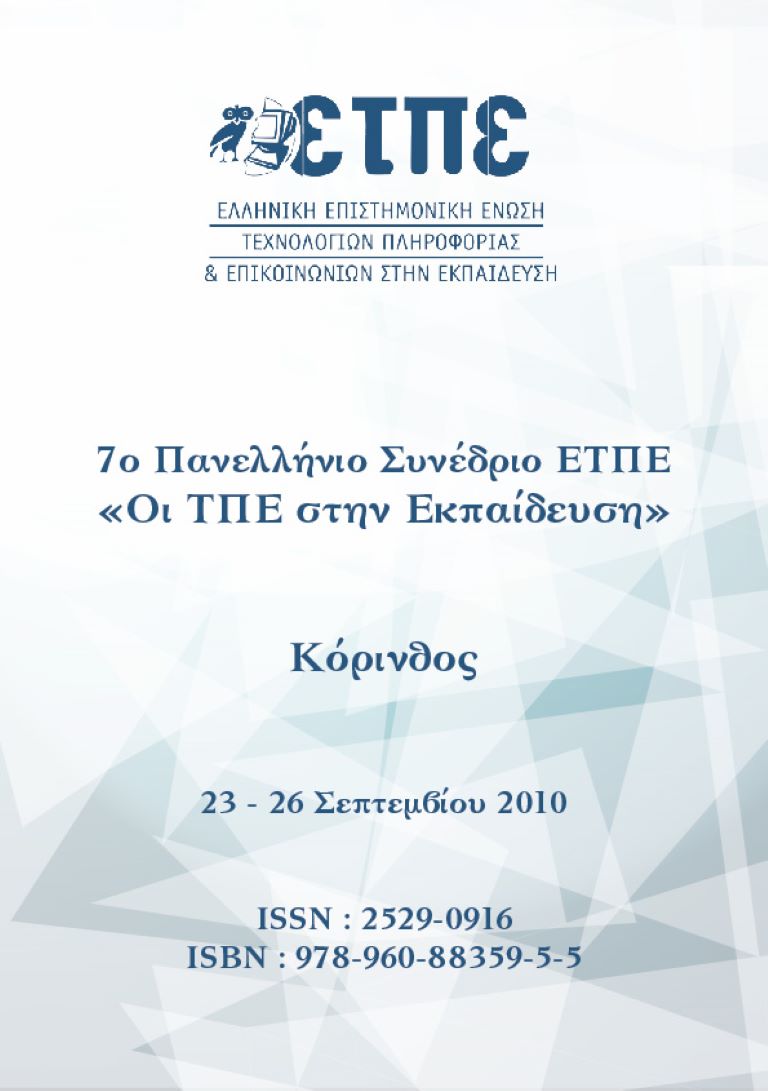Potential for school familiarisation using Virtual Environments
Περίληψη
Children generally find it traumatic to change schools. They fear losing their way or arriving late at classes as a result of their not knowing the spatial layout of the new school campus. Spatial disorientation is a source of anxiety and probably delays their academic progress. This may be especially so for children with motoric or cognitive disabilities, or children who are temperamentally unsuited to coping with change. There is great potential for the use of virtual environments to provide groups of children with the opportunity to explore the school environment before they arrive. Each “VE” child will be provided with a virtual version of their new school which they can navigate at ease within their own home, as many times as they like, prior to the start of their first term. Previous studies have confirmed that children (including pupils with disabilities) do acquire extremely good "cognitive spatial maps" of schools from virtual exposure alone. Following VE exposure, children will be tested for their spatial knowledge in school, emotional responses to school attendance, speed of settling-in, attitudes to teachers and other pupils, feelings of confidence, and anxiety level, also the speed with which they make academic progress in the first weeks at the new school. The VE-trained children will be compared with equivalent control groups given either a tour of the real campus, or no prior exposure. Subgroups of children might particularly benefit from virtual spatial pre-training, including children with disabilities or having poor directional sense.
Λεπτομέρειες άρθρου
- Ενότητα
- Articles



